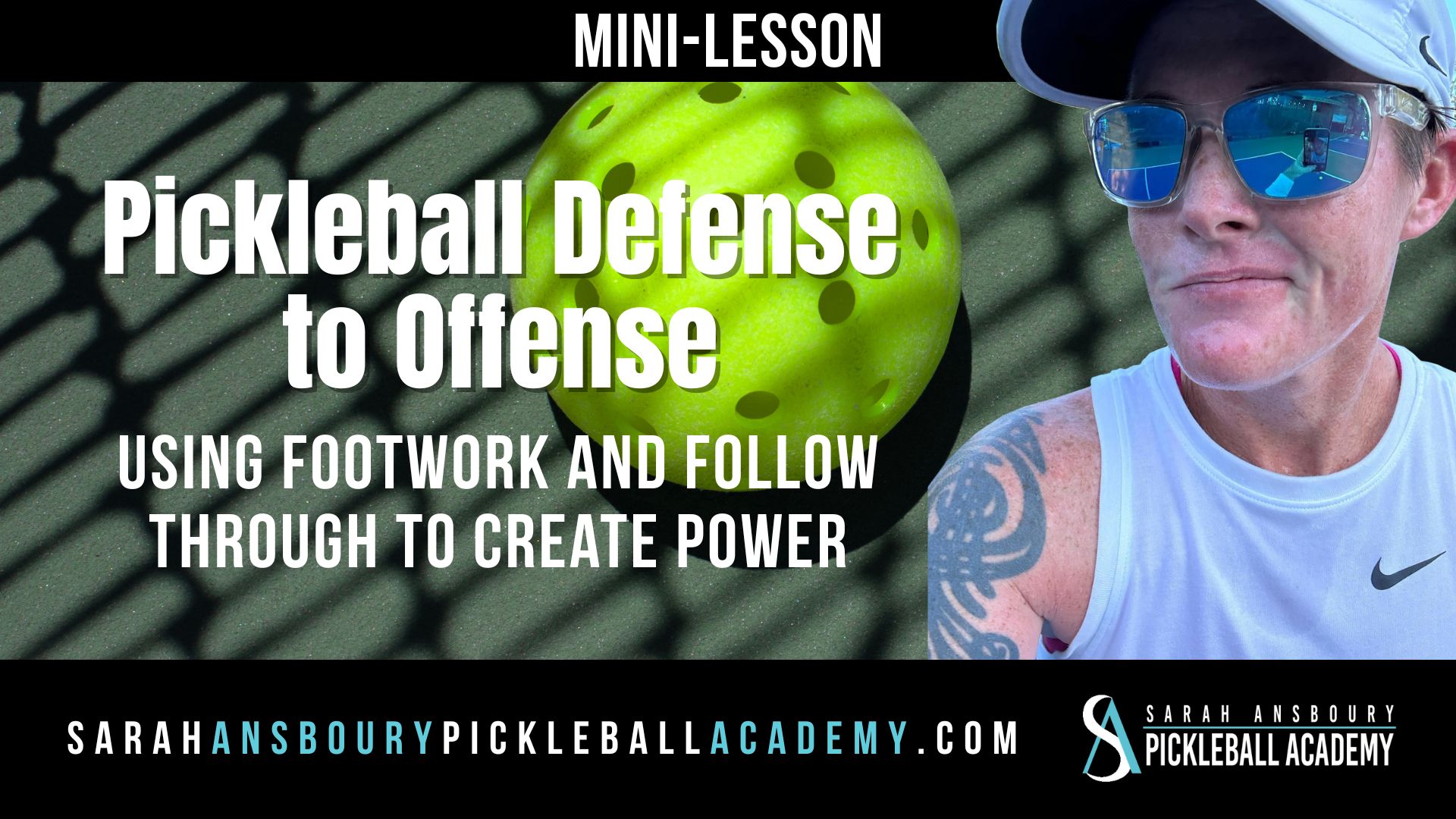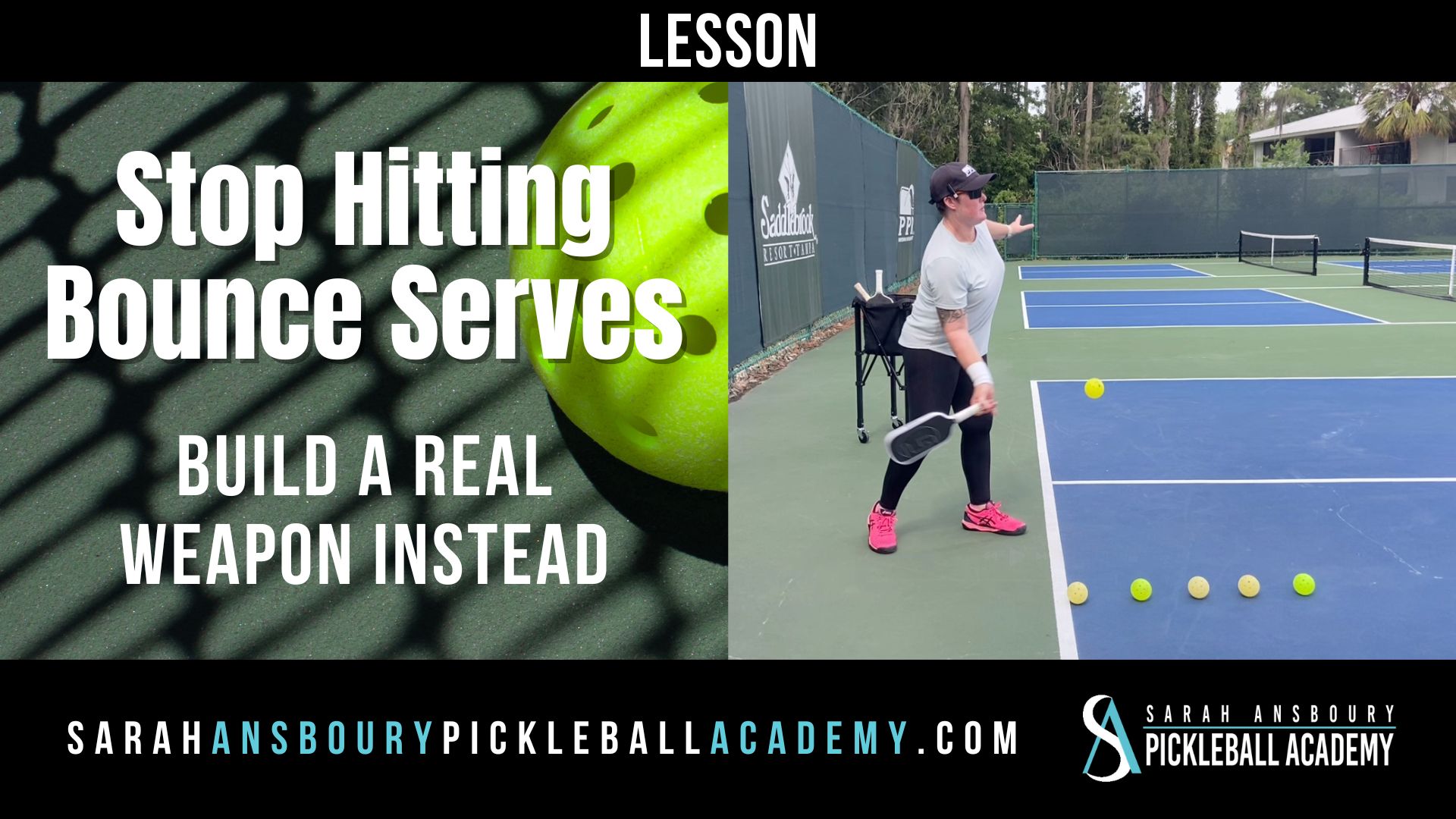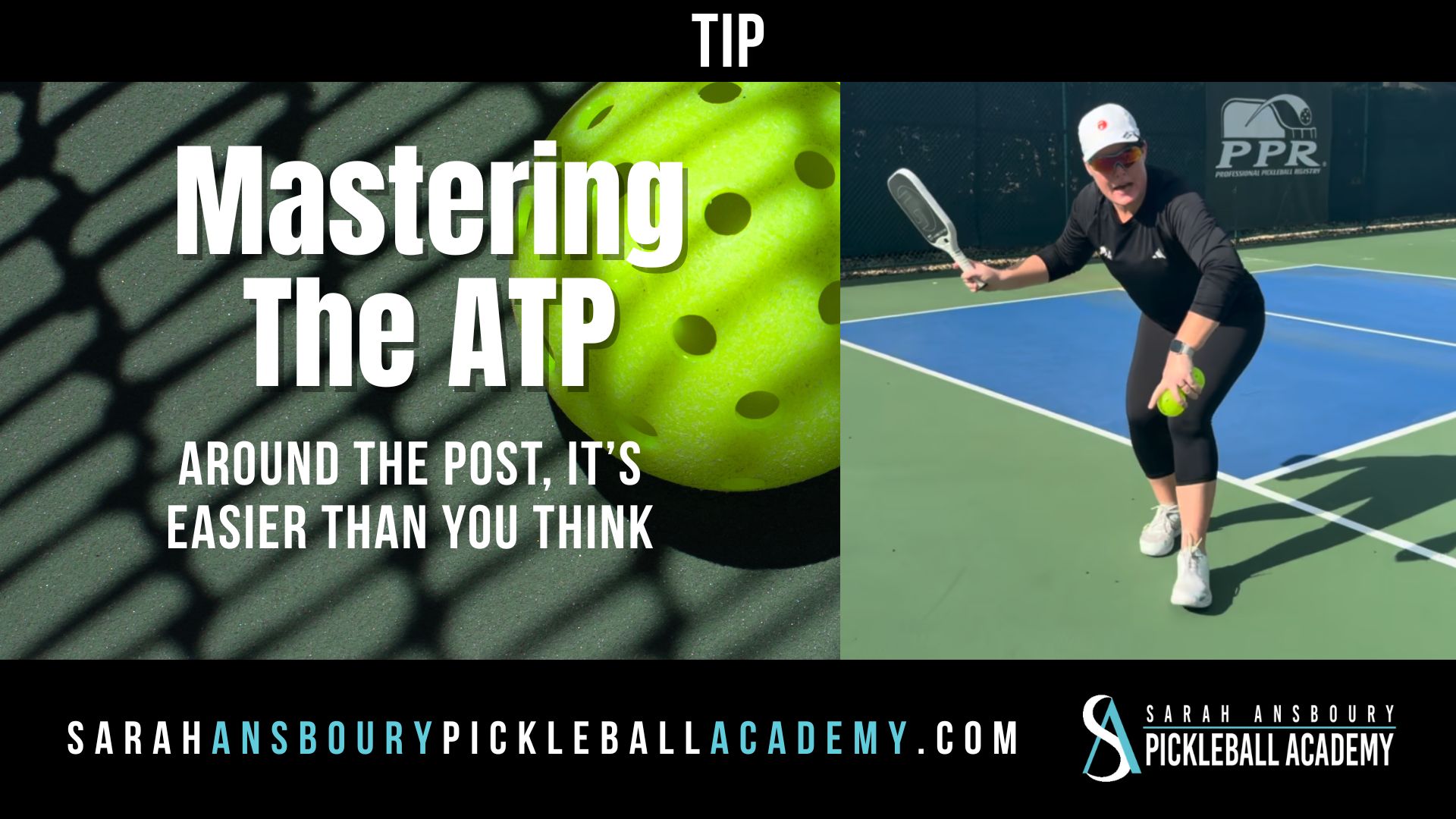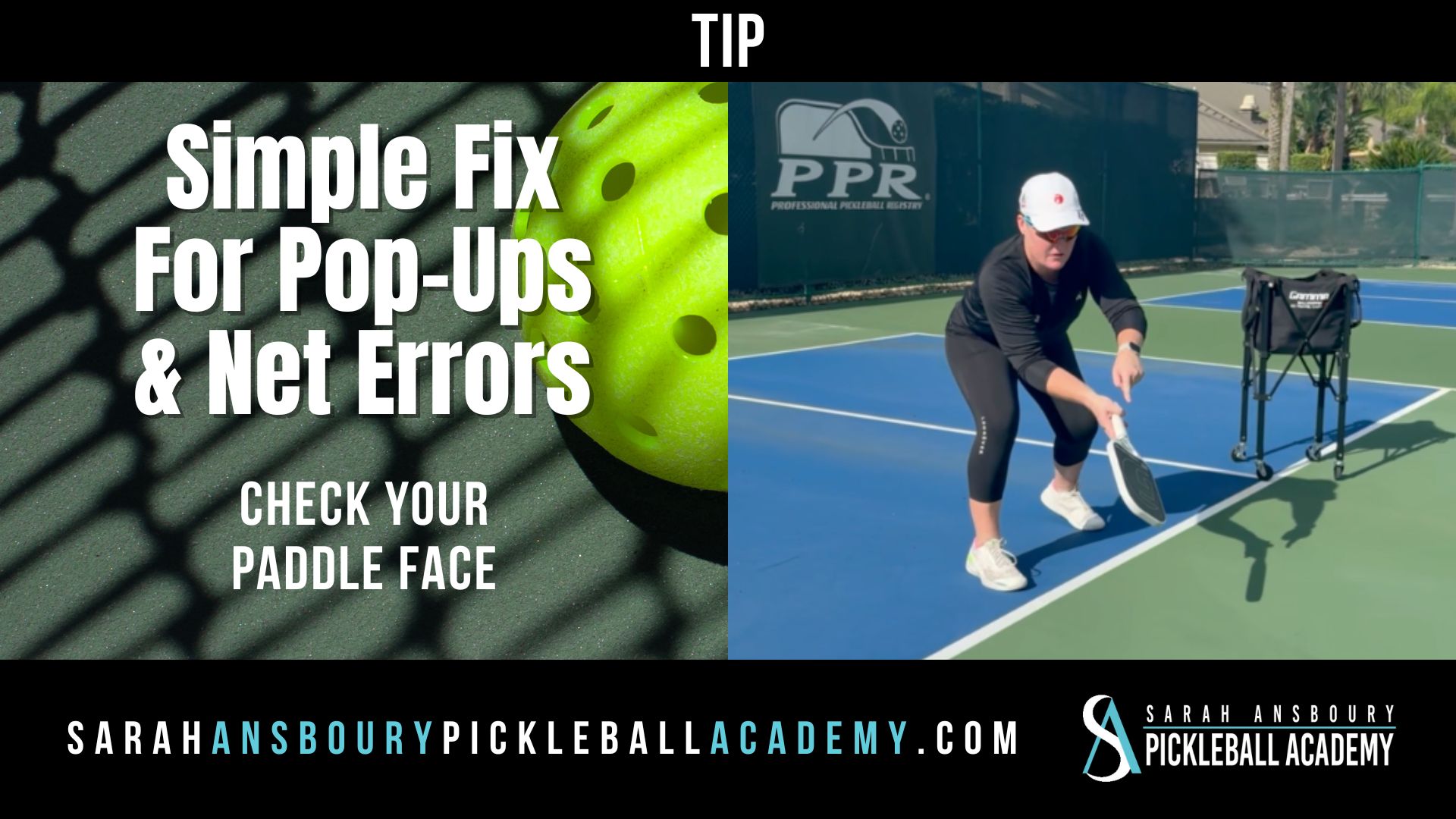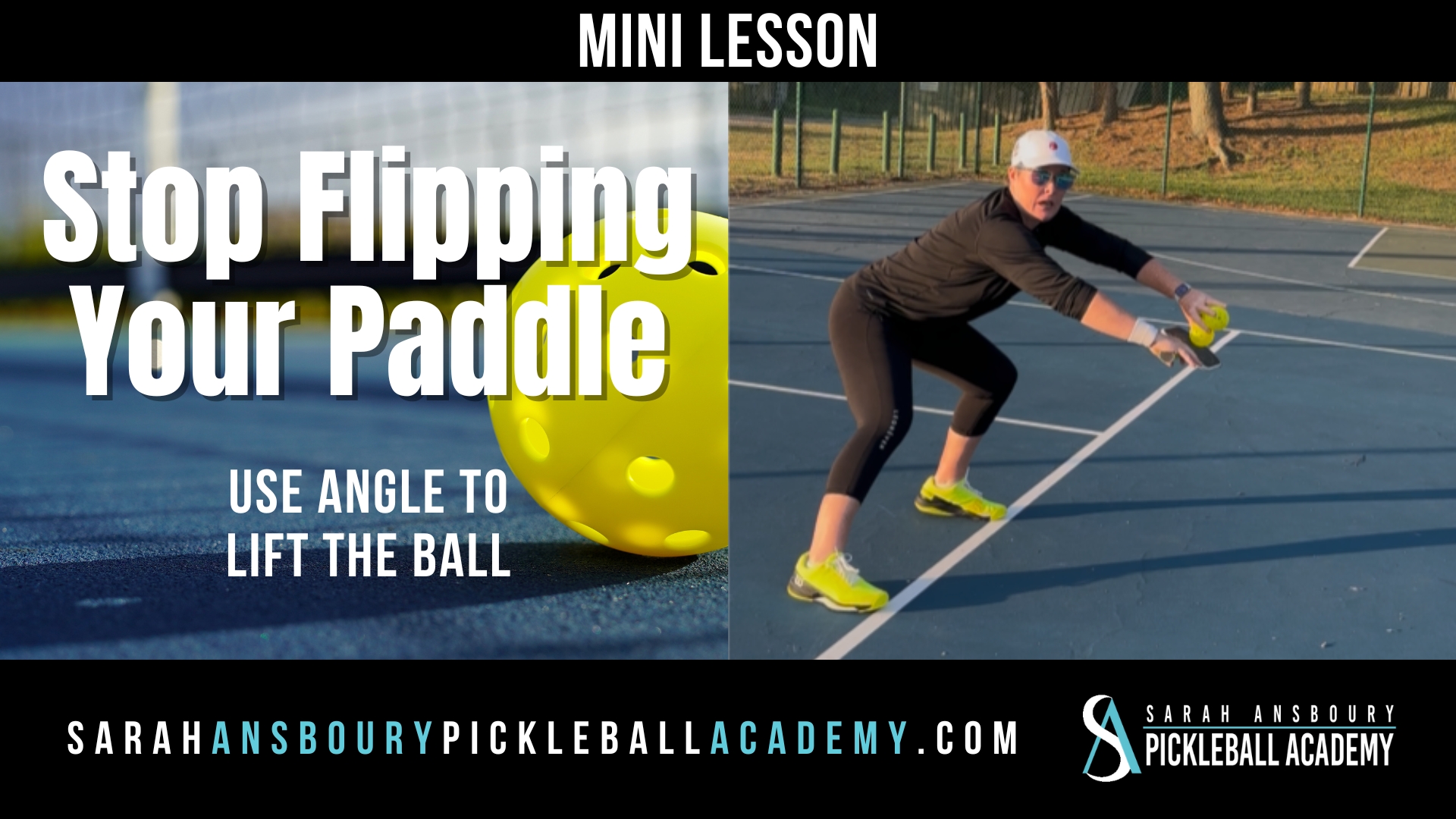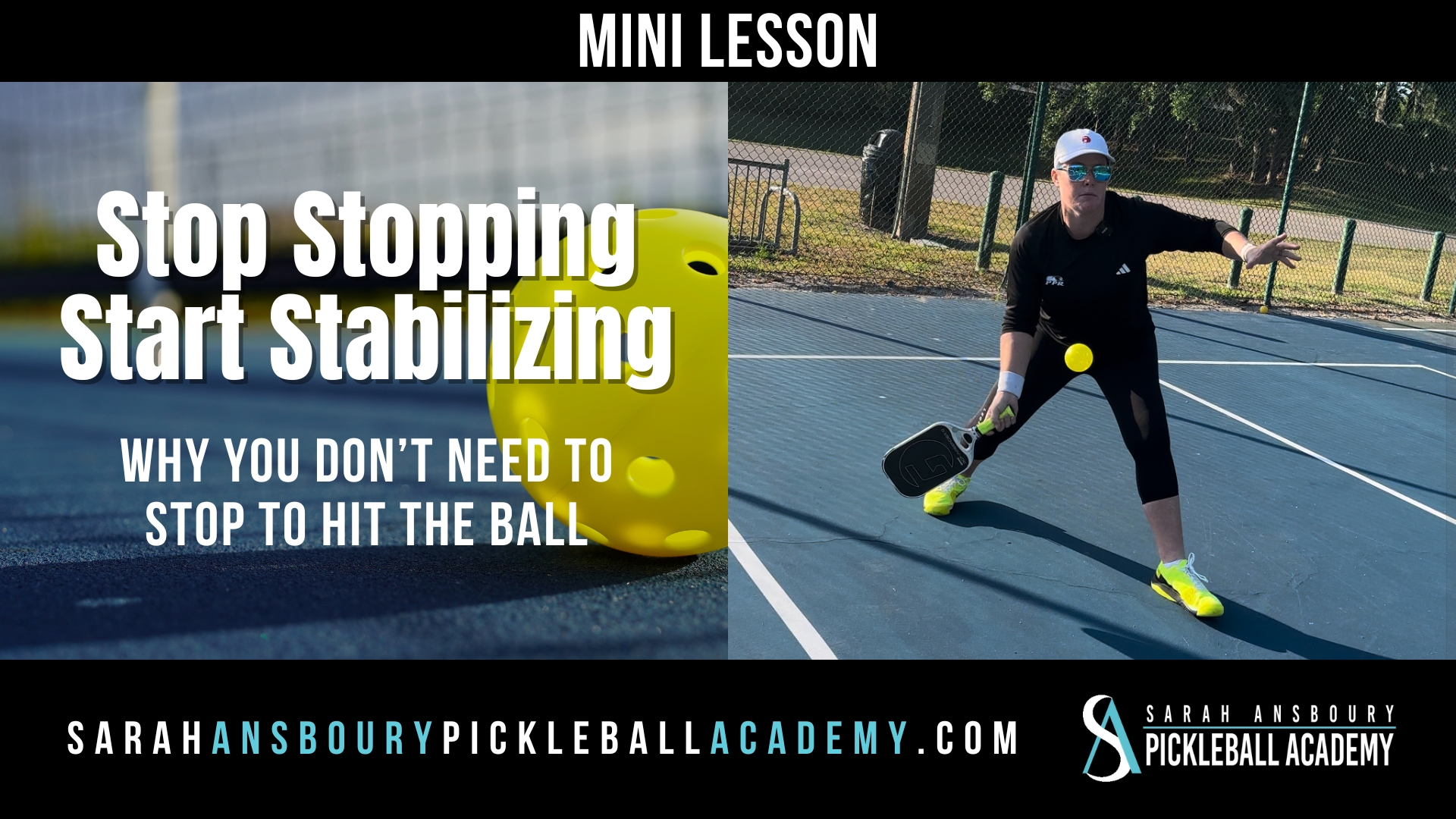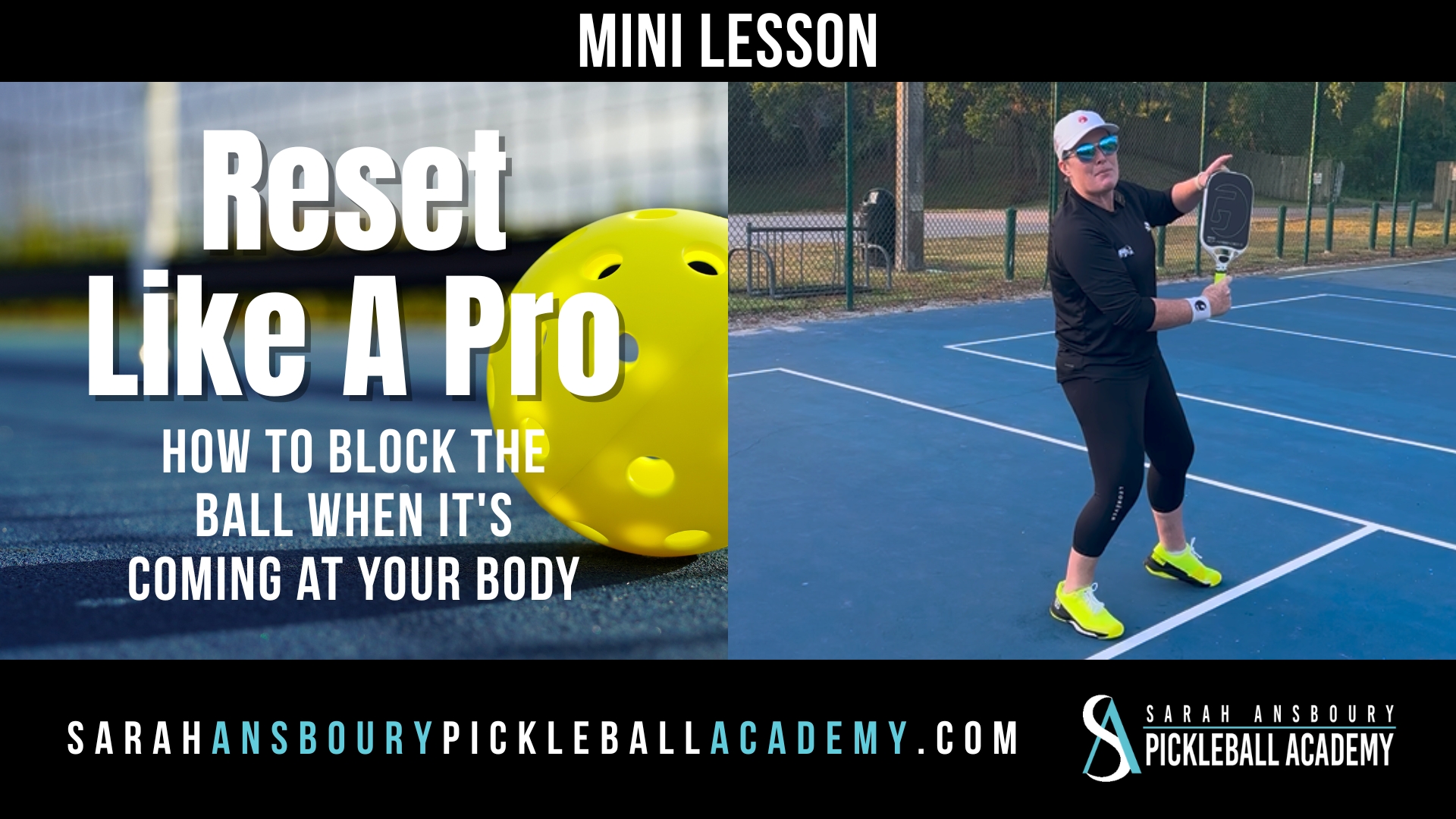During our stay in Florida this month I realized there is something former tennis players need to realize about pickleballs. You see tennis balls and pickleballs are not the same.
Tennis Balls
When we played tennis, it was customary to open a can of three balls and rotate among them. I noticed the other day that many former tennis players bring three pickleballs to the court and do the same thing. However, pickleballs are not yet manufactured to the exacting standards of tennis balls. There are also material differences that will always effect the way a pickleball reacts.
Pickleball Differences
There are 2 major differences between pickleballs and tennis balls:
- First, there is temperature. A plastic pickleball will be affected by hot or cold weather. On a very hot day, many balls
will get soft and as a result will not be as lively. In very cold weather, some balls have a tendency to crack pretty quickly. - The second major difference is the roughness of the ball. A rougher ball, one that has been played with longer, will feel differently coming off the paddle.
Tournament Play
During recreational play many players switch balls with a neighboring court, however, many of us can actually feel the difference. That is why in tournament play, we play with one ball during the whole match unless it breaks.
You may have noticed players hitting a ball up in the air before a match begins. We are looking for a few key things. First, we are looking for wobble. By hitting the ball up with a bit of sidespin we can see how true the ball will fly off the paddle.
We also check the roughness of the ball. Most of us don’t like brand new balls because they have a tendency to skid off the ground and play just a bit faster. Of course the more a ball has been played, the more likely we will see cracking, so we check for that too.
By examining the ball closely, you can find what I call spiderwebs, thin lines that aren’t cracked through but suggest that cracking will occur after a good whack. I realize many players don’t like the Dura 40 because they have a tendency to crack in cold weather…but right now it is my favorite ball.
Pickleballs and Personal Preference
When I teach, I will often use the brand of pickleball my student prefers or plays with most often. If that brand has a tendency to get soft in spots, I will check by giving the ball a squeeze in my hands. If the ball gives under the pressure of my hands, or there is a soft spot, we will use another ball.
We all have preferences and there isn’t today one perfect pickleball. Whether you play with Dura, Franklin, Onix or another keep in mind pickleballs are not tennis balls.


